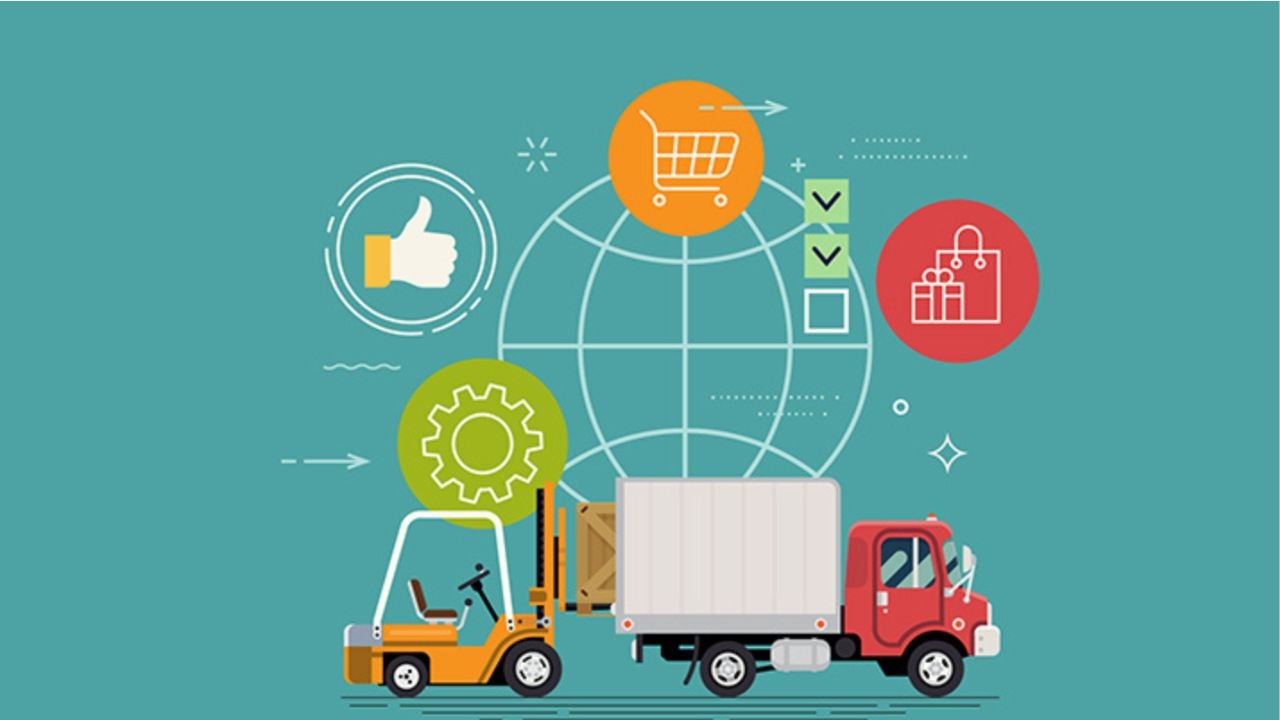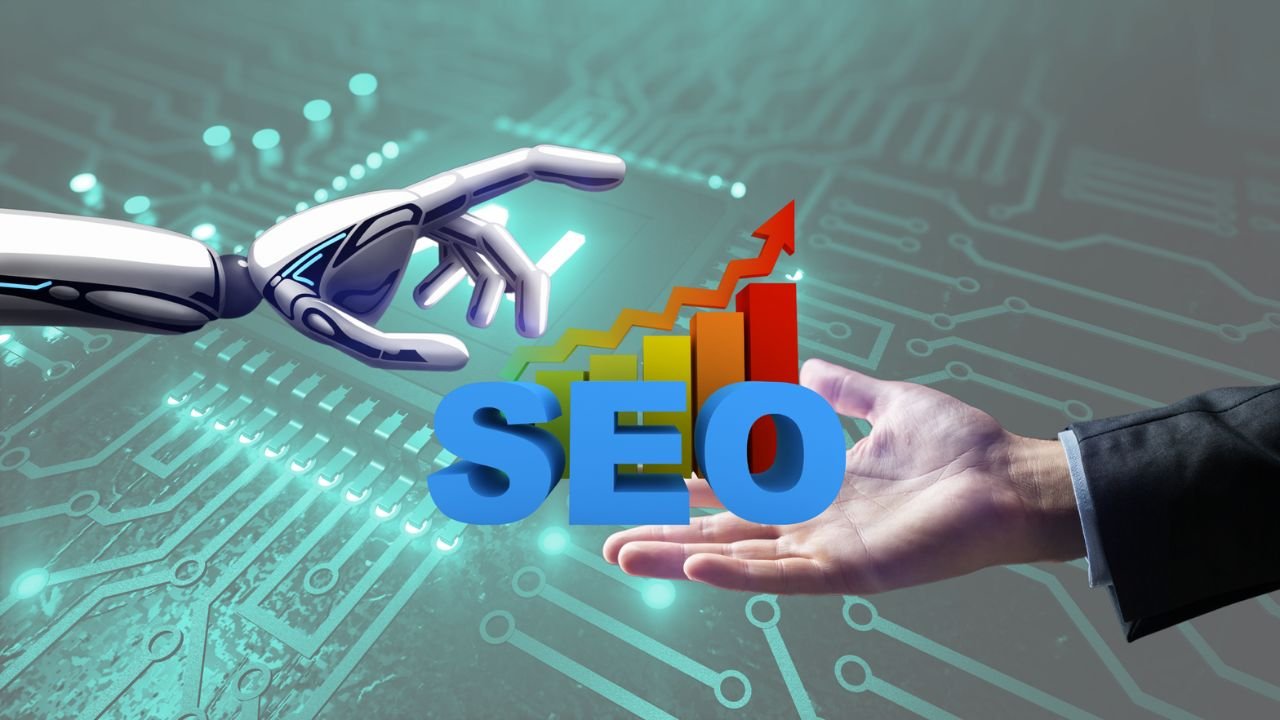So you decided to buy an ecommerce business. Maybe you found one with solid revenue, good traffic, and decent reviews. Everything looked promising. You skipped the struggle of building from scratch, and now you’re the proud owner of a fully functioning online store. That’s a big win, but now comes the real test: making it work under your leadership. Because buying a business is just the beginning. Running one? That’s where things get interesting.
Understanding What You’ve Acquired
You’ve just taken control of something built by someone else. It comes with history, good and bad. There are customer expectations baked in. Systems that might look okay on the surface but have cracks underneath. Maybe the store’s marketing is working, maybe it isn’t. Either way, your first job is to understand what you now own.
Dive into the back end. Look at how orders are processed. Check the suppliers. Study the traffic—where is it coming from? Who’s buying? When are they buying? These answers help you figure out what’s working and what’s hanging on by a thread.
If you try to change things too fast, you risk breaking the machine before you even know how it runs.
The Mindset Shift: From Buyer to Operator
Here’s something most new owners don’t expect—you stop being “the buyer” the moment the deal closes. Now you’re the operator. The decision-maker. The person responsible when stuff goes wrong. It’s exciting, yeah, but it can be overwhelming too.
When you were browsing listings and comparing profits, it felt more like investing. Numbers, opportunities, potential. But now? You’re in it. There are daily tasks, questions from customers, tech hiccups, late shipments… and all of it lands on your lap.
This is the part where many new owners panic or freeze. But you don’t have to. You just have to shift gears. Think like someone who’s here to build, not just buy.
Optimizing Operations Without Breaking What Works
Some things in your new store might already be running great. Don’t mess with those right away.
Start by making a list. What’s clunky? What causes delays? What do customers complain about? It might be your order fulfillment process. Or maybe inventory updates are a mess. Maybe your return process is confusing.
Now here’s the good news: you don’t have to fix it all at once. Look at one piece at a time. Small improvements in customer service response time, shipping speed, or inventory tracking can have a big impact. Make things smoother, not shinier.
Also, talk to the team—if you’ve inherited staff or freelancers. They often know what’s been annoying or inefficient for months. Use that insight. Listen before acting.
Building on Existing Marketing and Customer Relationships
It’s tempting to scrap the old marketing and start fresh. But don’t.
Before you write that new ad campaign or redo the homepage, check what the previous owner was doing. Study their email flows, paid ad performance, social media tone, and website analytics.
What worked? What didn’t?
There’s a reason some customers are loyal. Find out what that is, and lean into it. Don’t break what’s familiar to them. Instead, try to build on it. Keep the tone they liked. Respect the journey they’ve already had with the brand.
And start collecting feedback from day one. Ask for reviews, send simple surveys, or even reach out personally if the business is small enough. People like being heard. And the info you get? Invaluable.
Scaling Smart: Invest in Growth
Once things are running smoothly, it’s time to grow. But slowly. You don’t need to double your ad budget overnight. Growth can mean a lot of things—better SEO, more efficient email marketing, or just better product listings.
Figure out what your audience wants. Which products are your best-sellers? Which ones get returned the most? Where are people dropping off in your checkout flow?
These aren’t guesses. You’ve got data now—use it. Think about tools that help you automate repetitive tasks or give you better insights. But don’t adopt fancy tools just because they’re trendy. Every tool should solve a problem you’ve already noticed.
Scaling is a lot easier when your foundation is strong. So build steadily, not fast.
Conclusion
Running a business you didn’t start forces you to be thoughtful. You can’t rely on the momentum of the build-up. You have to create momentum of your own. Success doesn’t come from copying what the last owner did. It comes from adapting it to fit your vision, your skills, and your goals. And that’s why leveraging technology in business isn’t just a smart move—it’s essential. It gives you the edge to scale, stay agile, and deliver a better experience to your customers, without burning out.



